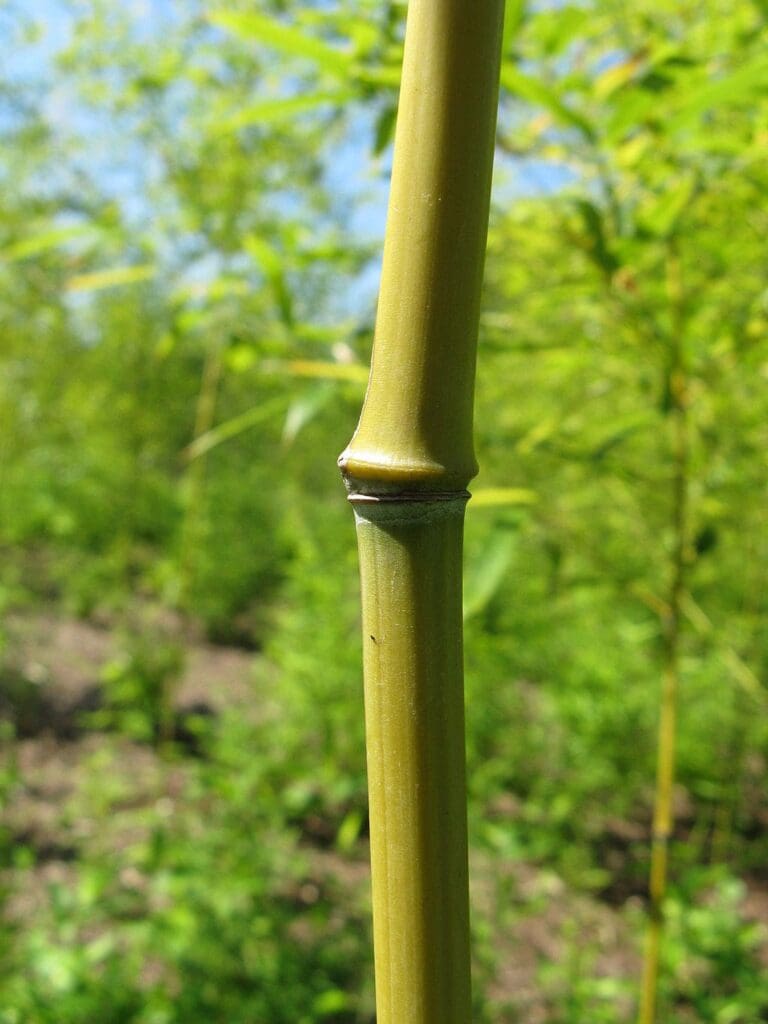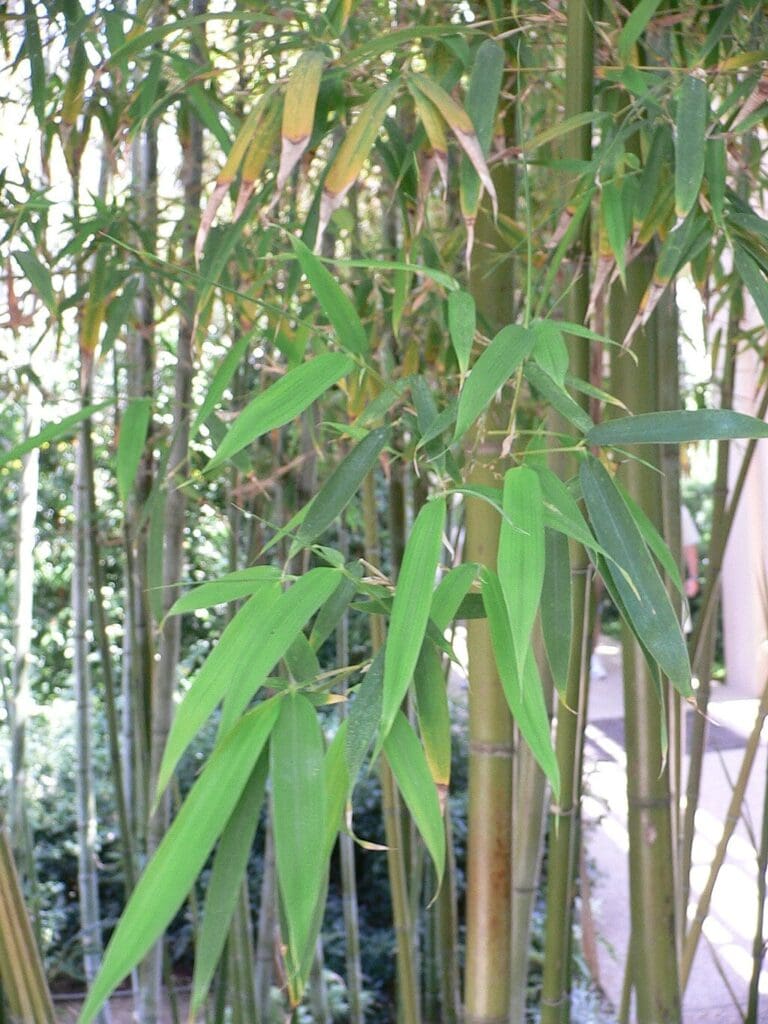Once in a Century Phenomenon: Flowering of Phyllostachys Nigra Var. Henonis
The unique reproductive cycle of Phyllostachys nigra var. henonis, a bamboo species native to Japan, includes a noteworthy occurrence – its once-in-a-century flowering event. The last documented bloom was in 1908, with the next anticipated to happen in 2028. This infrequent phenomenon holds significant implications for Japan’s ecology, economy, and society.
Key Takeaways
- Phyllostachys nigra var. henonis is a bamboo species native to Japan and serves as a vital food source and material for craftwork.
- The last recorded flowering of this bamboo species was in 1908, and the upcoming flowering event is expected to occur in 2028, providing a unique opportunity to understand its reproductive ecology.
- The lack of viable seeds poses significant concerns for the long-term survival of the species, which could lead to the transformation of bamboo territory into open grasslands, impacting the ecology and availability of bamboo as a resource.
The Rarity of Phyllostachys Nigra Var. Henonis Flowering
The flowering of Phyllostachys nigra var. henonis occurs once every 120 years, making it a rare and infrequent event in the species’ reproductive cycle. This rarity of flowering holds ecological significance as it poses several reproductive challenges for the bamboo species.
With such infrequent flowering, the production of viable seeds becomes limited, hindering the plant’s ability to regenerate effectively. This has prompted conservation efforts to understand and mitigate the consequences of this reproductive pattern.
The ecological consequences of this rarity include potential changes in bamboo territory, conversion to open grasslands, and impacts on insect and animal populations that depend on bamboo for sustenance or shelter. So, understanding the unique reproductive characteristics of Phyllostachys nigra var. henonis is crucial for effective conservation strategies and maintaining its ecological balance.
Implications for Bamboo Ecosystems and Biodiversity
Implications for bamboo ecosystems and biodiversity include potential changes in vegetation composition, the loss of a vital food source and material for craftwork, and the disruption of ecological relationships with insects and animals relying on bamboo habitats.

Overall, understanding the implications of flowering events in bamboo ecosystems is vital for promoting ecosystem resilience, conserving genetic diversity, implementing effective adaptation strategies, and ensuring the continuity of these important habitats.
Economic and Societal Impact of Phyllostachys Nigra Var. Henonis Flowering
The flowering event of Phyllostachys nigra var. henonis has the potential to result in significant economic losses and necessitate the clearing of bamboo stands for alternative land uses. This phenomenon will lead to a decrease in resource availability, impacting both the environment and society.
The loss of bamboo forests can have ecological consequences as it disrupts the habitat and food sources for insects and animals that rely on bamboo. Additionally, the transformation of bamboo territory into open grasslands can contribute to soil erosion, further exacerbating environmental concerns.
From an economic standpoint, the dieback of entire bamboo stands will result in substantial financial losses since Phyllostachys nigra var. henonis plays a crucial role in Japanese society as a material for craftwork and a source of food.
Therefore, strategies must be implemented to mitigate these societal consequences and ensure the availability of resources during regeneration periods.
Feature Image: Mark Pellegrini, via Wikimedia Commons

